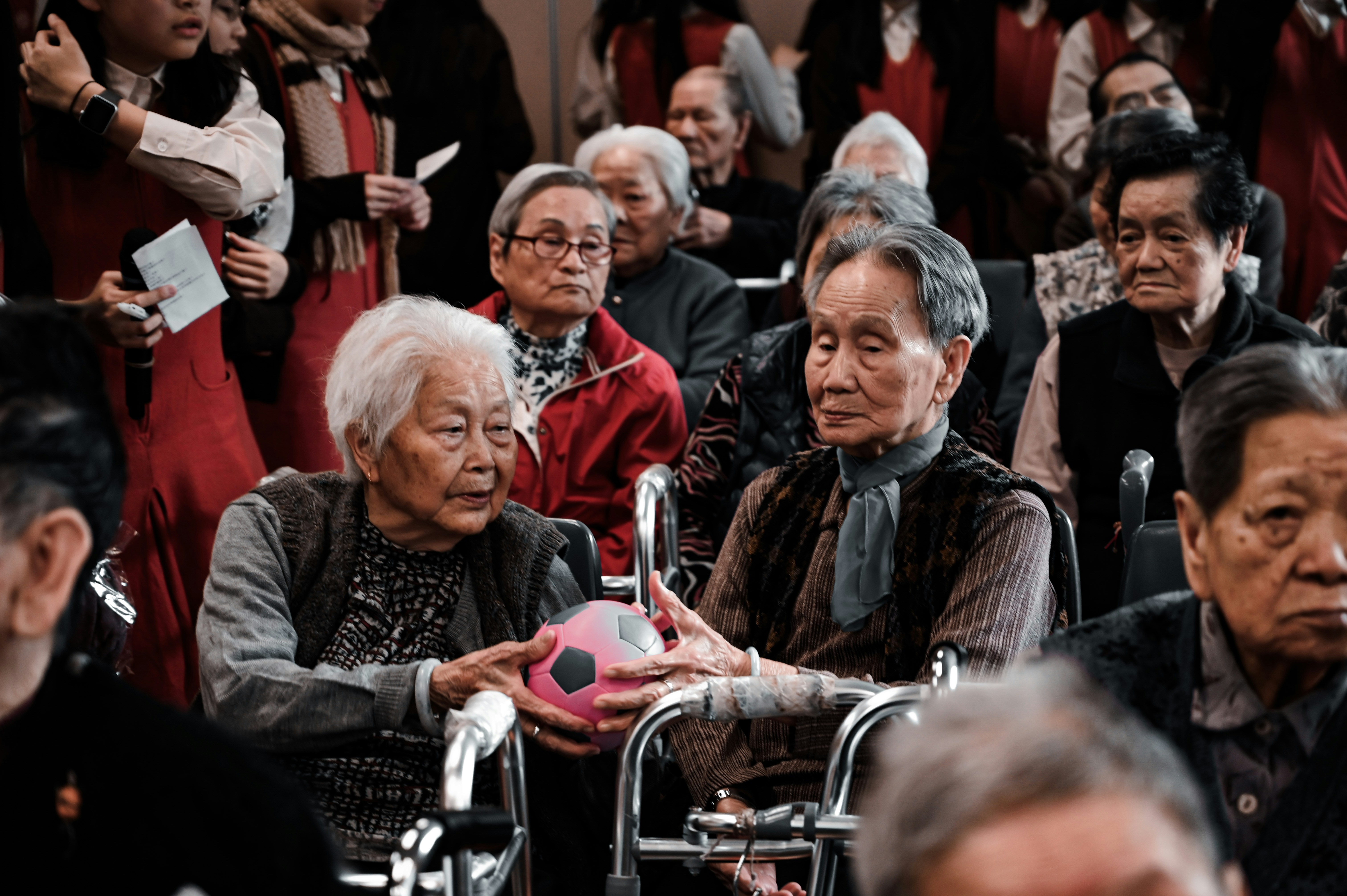Abuse of Chinese, Korean Elders Casts Shadow over Model Minority Myth
By Najla Zaidi | 30 Apr, 2025
Expectations surrounding multi-generational family units subjects Chinese and Koreans to higher incidences of elder abuse.
Addressing the growing problem of elder mistreatment (EM) has become a top priority in the Asian American and Pacific Islander (AAPI) communities. Among all Asian groups Chinese and Korean American older adults are at the higher risk of abuse, according to recent research.
EM is an intentional act or failure to act that causes or creates a risk of harm to an older adult, or their assets, that occurs at the hands of a caregiver or a person the elder trusts, as defined by the CDC. 40% of Asian elderly have experienced at least one type of mistreatment.
Emotional mistreatment is reported by 27% of Asian elderly as the most frequent type of harm followed by financial mistreatment at 18%, according to the Senior Community Service Employment Program (SCSEP) sites in California.
Five major dimensions of EM have been identified and reported as having the highest incidence in the Chinese and Korean communities.
Psychological or emotional mistreatment involves verbal or nonverbal acts that inflict mental or emotional anguish or distress on an elderly person using control, intimidation or domination. Six forms of psychological abuse were commonly identified by both the Chinese and Koreans who participated in a study conducted in San Francisco. They reported suffering emotional distress from disrespect, silent treatment, lack of love and affection, intense level of childcare, isolation of elderly grandparents from grandchildren, and adult children blaming elderly parents for mental illness caused by acculturative stress. Both groups identified the silent treatment as the worst form of punishment as it violated cultural expectations.
Two forms of EM emerged notably among the Chinese participants: forcing elderly parents to leave when grandchildren grew up and emotional abuse of an elderly parent using immigration status and fear of deportation. Among Korean groups three forms of EM were prominent: passing elderly parents from one child to another to avoid caregiving responsibility, spreading gossip or rumors about the elderly as a form of blackmail, and the male spouse’s psychological domination and control of his female partner.
“Elder abuse is, first, alienating us because we are old," A Korean elderly man stated. "For example, kids tell us, 'You mom and dad can’t speak English, so don’t speak anything. Keep your mouth shut.' It hurts a lot. It results in complete isolation.”
Another dimension of EM is neglect by a trusted person. Mistreatment can take the form of a lack of sincere intention to care, or failure to provide adequate care for an older adult. This includes both tangible care (e.g., food, clothing, shelter, medical care or safety) and emotional support.
Culturally specific examples of neglect in the Chinese and Korean groups include the unwillingness of an adult son and his wife to live with his elderly parents, sending an elderly parent to a nursing home, infrequent visits or irregular contact with adult children, and interference with medical treatment. Sending an elderly parent to a nursing home was considered abusive across all Asian racial and ethnic age groups because of cultural belief in filial piety and family-based elder care.
Financial exploitation is the third area of mistreatment by those who have control over an elder’s money or resources, including finance-related coercion or manipulation, illegal taking or misuse or concealment of funds, property or assets of an elder. It may also include failure to provide regular allowance to the elderly parent to aid in maintaining a minimum standard of living. Financial fraud, withholding money at will, and expecting the older person to work without pay are all reported forms of abuse.
Cultural norms of collectivism and family harmony may contribute to Chinese and Korean elders’ vulnerability to financial exploitation by their children. “A woman received SSI benefits and saved some money. Once she went on vacation, she worried about her money," recounted a Chinese elder. "She gave a key to her children and told them [about] the money she saved. When she came back, she found her children took all her money to buy a house.”
The fourth dimension of EM is physical abuse. Mistreatment involves the intentional use of force, objects, or threats to inflict physical pain, bodily harm, injury, or to cause feelings of intimidation or fear. Instances of abuse have included bruises, hitting, beating, pushing, shoving, slapping, pinching, kicking, biting, spitting, throwing objects, stabbing, threatening to harm or kill, restraining or confinement.
It has also taken the form of indirect physical aggression like forcing a victim to consume nonfood items such as urine against his or her will or depriving an elderly victim of sleep. Both Chinese and Koreans participants discussed the “cultural tolerance of violence” in the San Francisco study. They expressed acceptance of spousal elder abuse based on traditional patriarchal ideologies and male dominance, providing a foundation for the “cultural tolerance” of spousal abuse.
The final dimension of EM is sexual abuse. This form of mistreatment involves behavioral or verbal force or coercion of sexual activity against an older adult’s will. In both Chinese and Korean groups sexual abuse mostly affected women, and the perpetrators were usually known and trusted, such as an intimate partner, a healthcare provide or a security guard.
These victims were at a particular risk of physical injury and negative mental health outcomes like posttraumatic stress disorder, depression, anxiety disorders, and even suicidal ideations. Social stigmatization, gender stereotypes, victim blaming and shame make it extremely difficult for an elderly female victim to disclose the abuse and seek instrumental and emotional support. Therefore, they suffer in silence and are unlikely to receive aid or justice.
Overall, family structure is a key indicator of elder abuse. Chinese and Korean elders’ heavy reliance on family and the stress it can cause, increases the risk for elder abuse. Evidence shows that positive social support from friends improves well-being, traditional cultural values often prevent older adults from seeking support outside the family, leading to a decreased social circle that ultimately increases the risk of abuse.
40% of the Asian elderly have experienced at least one type of mistreatment and 27% report emotional mistreatment being the most frequent type of harm.

Asians are the fastest growing racial and ethnic segments of the U.S. elderly population.
Asian American Success Stories
- The 130 Most Inspiring Asian Americans of All Time
- 12 Most Brilliant Asian Americans
- Greatest Asian American War Heroes
- Asian American Digital Pioneers
- New Asian American Imagemakers
- Asian American Innovators
- The 20 Most Inspiring Asian Sports Stars
- 5 Most Daring Asian Americans
- Surprising Superstars
- TV’s Hottest Asians
- 100 Greatest Asian American Entrepreneurs
- Asian American Wonder Women
- Greatest Asian American Rags-to-Riches Stories
- Notable Asian American Professionals

